If a national competition was held to determine the most overused buzzword in 2024 - and 2023 and 2022 for that matter - there can be little doubt about the winner. Sustainable.
To be fair, the word often crops up in the negative, as in “Brexit is intellectually unsustainable” or “Liz Truss as prime minister was simply not sustainable - even compared to a supermarket lettuce”. However, its growing positive usage is undeniable, especially in the wine industry where producers are falling over themselves to demonstrate that, if indeed there are negative aspects to their activities, damaging the planet is not one of them.
With climate change becoming more evident all the time, it is rare now to find a producer who doesn’t proclaim how sustainable they are - even if the actual meaning in a winemaking context can be a little unclear, at worst amounting to green-washing. Using less water, installing solar power, using fewer pesticides or none at all, curbing waste and boosting recycling are all likely to be emphasised even though these practices are essentially like motherhood - unarguably positive, with few downsides.
But when it comes to more complex steps it becomes less quantifiable. Even the most informed wine drinker might struggle to know the difference between organic, natural or biodynamic even though what’s actually happening behind the nomenclature can be fascinating and have a dramatic impact on the resulting wine.
All of which made Bibendum’s decision to hold a tasting wrapped around the broad theme of sustainability - Origins - very welcome.
“Our customers are increasingly asking for wines that are organic or biodynamic so we decided to hold this tasting, focusing on what makes certain producers sustainable,” says Simon Jerome, Bibendum’s senior wine buyer. “We’re really curious to get the feedback.”
It seems likely to be pretty good. Wine sales generally may be falling but are becoming increasingly green with figures released by Bibendum suggesting 84% of wine drinkers prefer sustainable to non-sustainable wines, whilst 62% feel all producers should make at least some sustainable wines and 43% saying they are prepared to pay more for them.
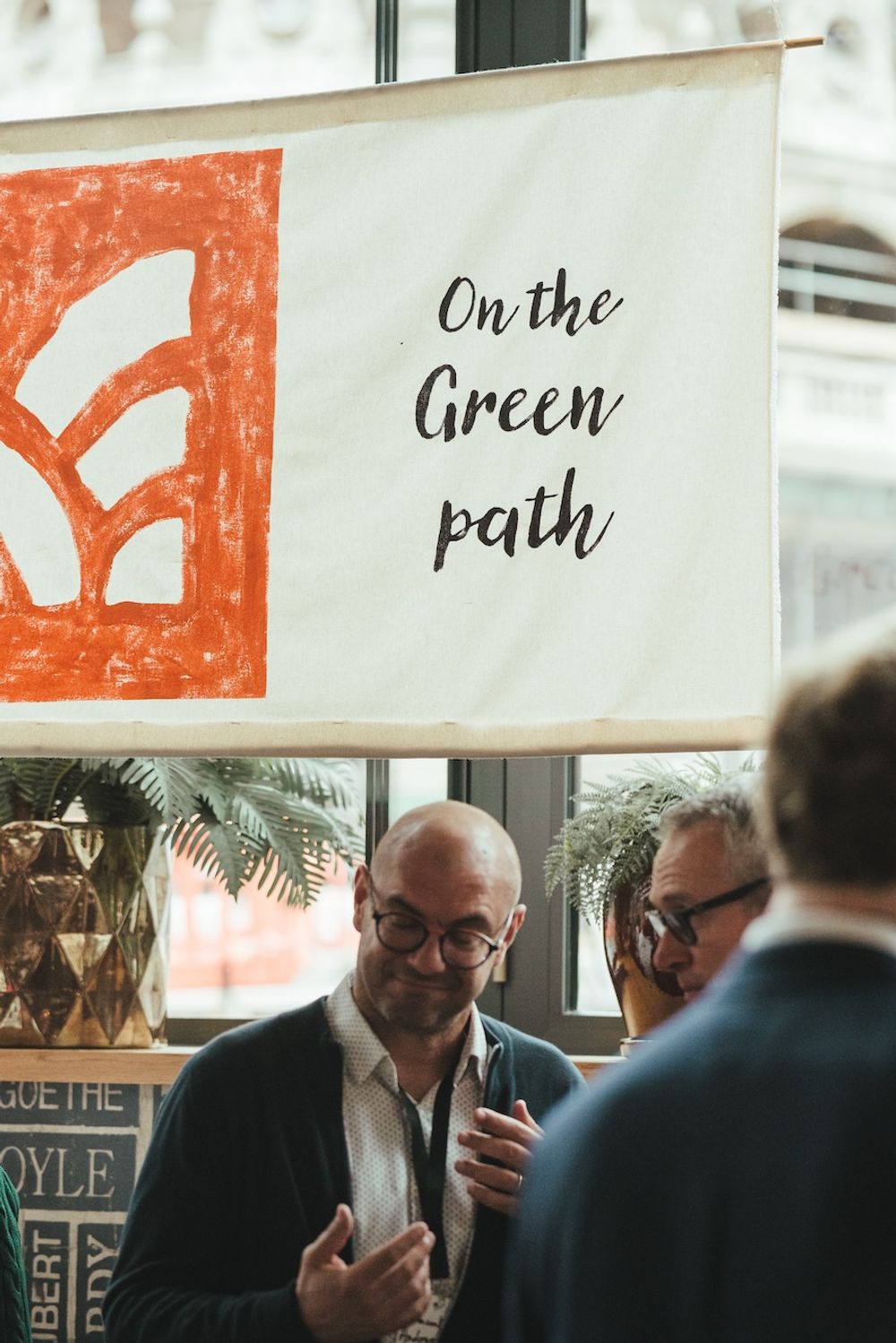
This was quite a departure from the usual tasting - starting with the pencils given to visitors which each had plantable seeds at the end (mine was Forget Me Nots, if you’re asking) and the booklet (printed responsibly, of course). Instead of wines organised by country or producer or grape variety tables featured The Original Organic Icons – producers who have been practising certified organic viticulture for years: including Argento, Markus Huber, Castellare di Castellina and Neudorf Vineyard; Biodynamics – producers who follow the teachings of Rudolf Steiner and make wine holistically, with a focus on biodiversity, soil health and lunar rhythms: including Gerard Bertrand, Alois Lageder and Weingut Kopp and Giving Back – producers who actively support initiatives that support community livelihoods, including Graham Beck, Balfour Wines, Stellenrust and Journey’s End.
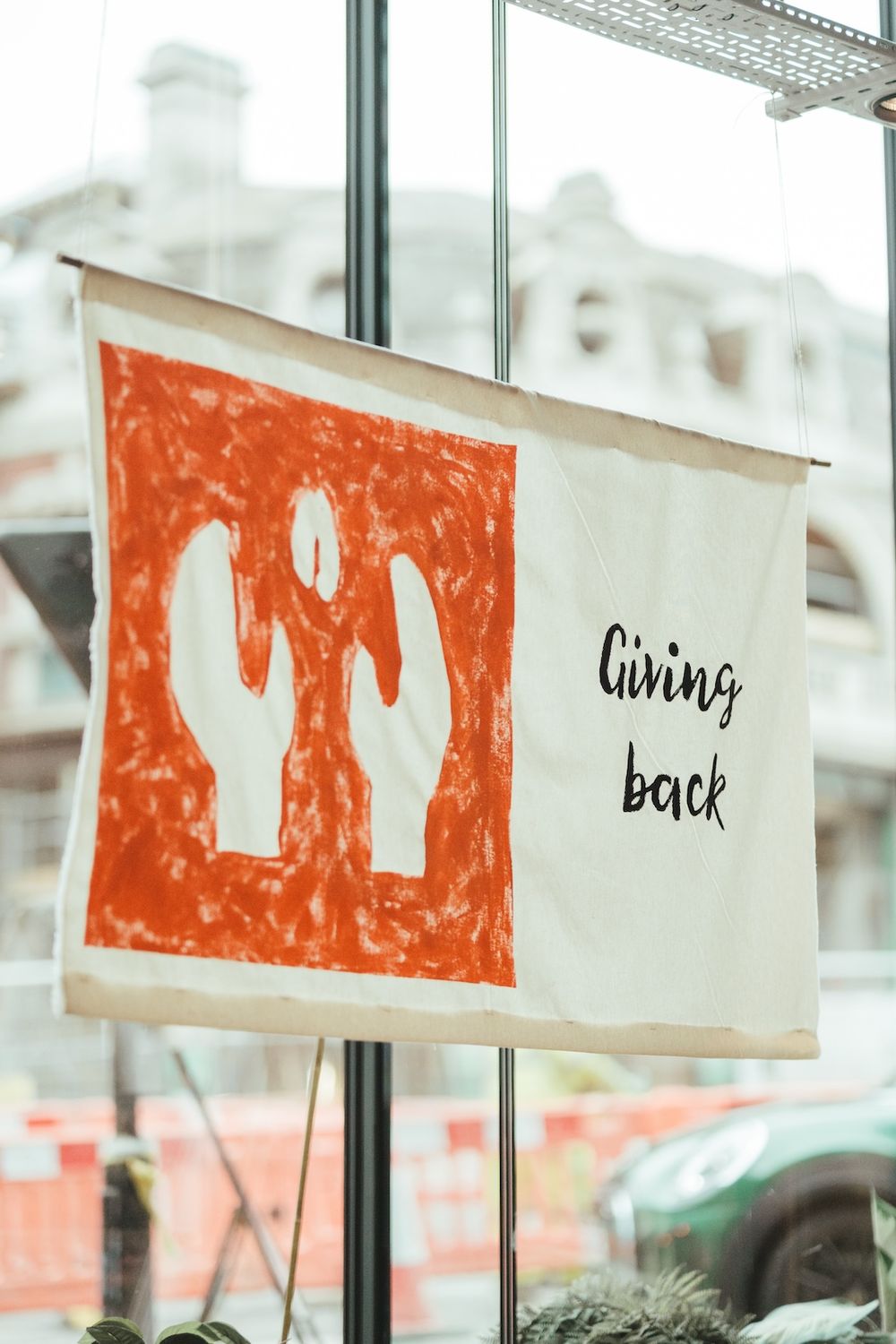
Other categories included producers who are On the Green Path, those focused on Native Grapes (which tend to use less water and are in harmony with the local environment compared to varieties bought in and planted mainly because of their wider international recognition); producers here include coopertives such as Santo Wines and Plaimont Producers, but also Suavia and Ca Maiol; and Packaging, including producers using lighter glass and glass alternatives but also flashy bottles designed to be repurposed once empty.
Highlights of the tasting
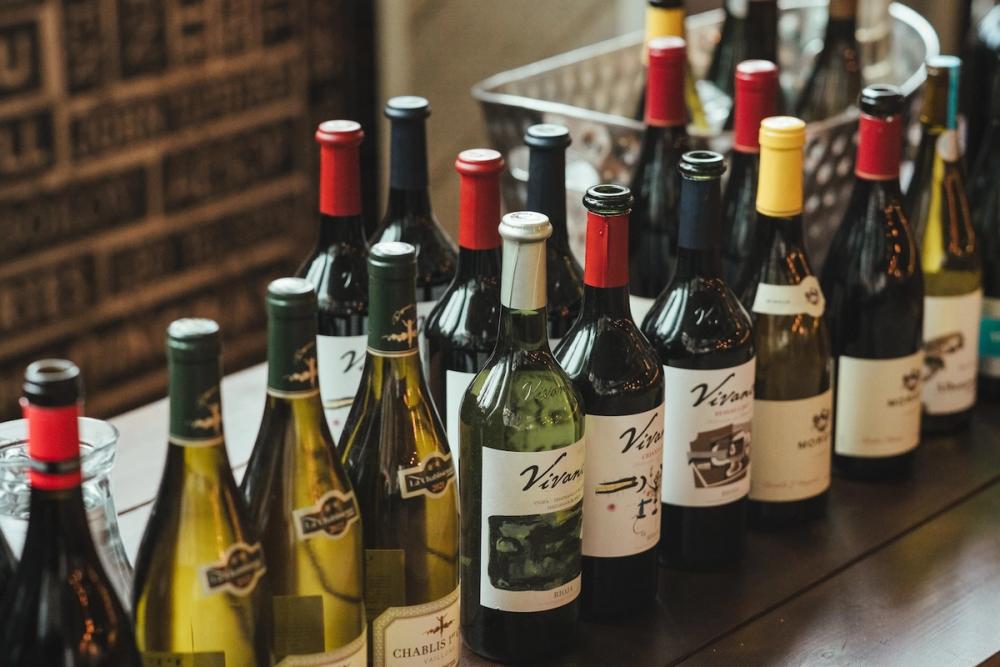
So which producers and wines - over 200 shown - best sustained my palate?
Alois Lageder
This sixth generation producer, based in Alto Adige, is one of the pioneers of biodynamic viticulture in Italy. Currently it farms 55 ha of vineyard according to biodynamic principles and oversees a further 85 ha from over 60 producer partners. The wines are always impressive and the two on show, the Porer Pinot Grigio 2019 and the Romigberg Vernatsch/Schiava 2020 were showing very well - the former surprisingly rounded and complex, the latter made from pergola-vine grown grapes, shows rich dark berry fruit and great structure. Both surprisingly low alcohol, 12.5% and 11.5% respectively.
Gerard Bertrand
The ‘great man’ himself had been expected to present a major masterclass but was unable to leave southern France because of storms disrupting the harvest - climate change in action. All his leading wines were shown, including the world’s most expensive pink wine Clos Du Temple 2021, his iconic Clos D’Ora 2020 and his award-winning, also mega-pricey orange wine Villa Soleilla 2020, a masterful blend of Rousanne, Rolle (Vermentino) and Viognier, all biodynamic and as impressive as you might expect. However, my favourite at this tasting was Le Viala 2020, a dark cherry and berry-charged blend of Syrah, Carignan and Grenache from AOP Minervois - La Liviniere.
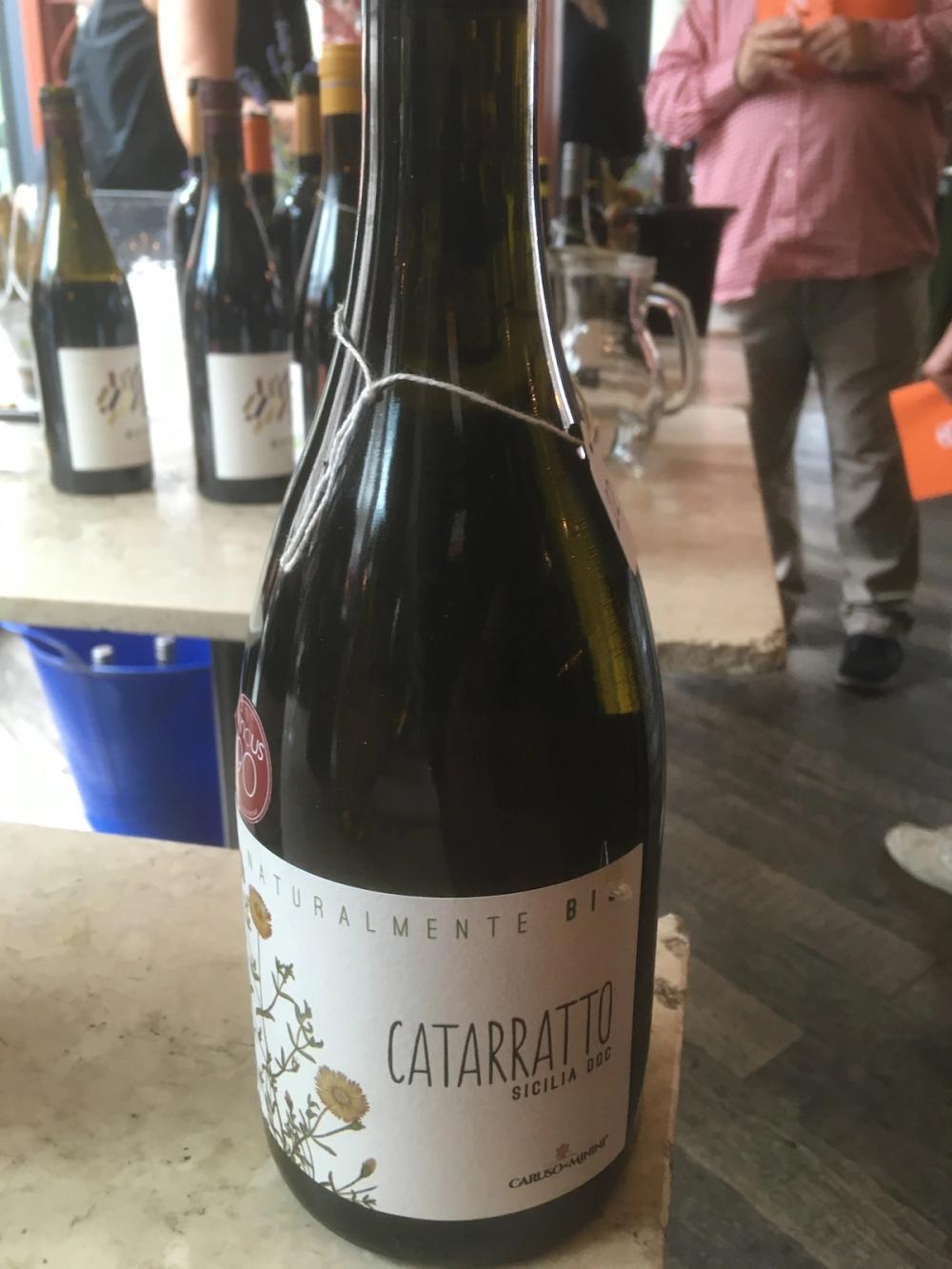
Caruso & Minini
This Sicily-based producer has a great range of organic wines, including a delicious orange wine Arancino Bianco Macerato, made from 100% Cataratto. Delicate, but also rounded with suggestions of pear and cherry blossom on the palate, this works really well as an aperitif or food wine.
Weingut Kopp
Both the wines being shown by this Baden-based producer were really enjoyable; a full-on Pinot Blanc 2017, rounded, fresh and supple after six months on the lees and ageing in stainless steel and a surprisingly full bodied Pinot Noir 2018 showing great character, red and black fruit and a long finish. When Johannes Kopp took over winemaking from his late father in 2012 he was regarded as one of the most promising young German producers; 12 years on this promise has very much been realised. Baden is one of my favourite German wine regions and these wines reminded me why.
Santo Wines
With tourism development taking up more and more of the land Santorini is a marginal winemaking region at the best of times - but 2024 has not been the best of times. According to Nektarios Bileris of Santo Wines, this year has yielded the poorest harvest for many years, some 700 tons against a more typical 3000 the result of a drought in the spring and excessive heat in the summer. Santo, the leading cooperative and biggest producer on the island, normally has a harvest of 380 tons and this year will be lucky to reach 120. On a positive note, however, the Assyrtiko 2022 being shown was quite delicious with great fruit freshness and fine acidity. A classic.
Plaimont Producers
A byword for biodynamic wines in France, Plaimont was showing a range made from local indigenous varieties. I enjoyed the Projoe, a moreish blend of white Petit Corbu and Gros Manseng and the dry, robust but spicy Moonseng, a blend of Merlot and rarely used local grape Manseng Noir (to see how this grape is replacing Tannat in the region read our insight here). Plaimont’s Marc Vachet says the latter is a distant cousin of Tannat, but actually very distinct. “Increasingly we want to highlight the lesser-known varieties of the regions where we produce our wines - and for this reason we use a higher proportion than usual of Petit Corbu in the Projoe, which makes the wine more fruity and richer.”
Chateau Galoupet
To naysayers who insist that all Provence rosé looks and tastes identical, the delicious Chateau Galoupet 2023 Cru Classe from Cotes du Provence is the perfect riposte. A blend of six varieties, including Grenache, Syrah and rarely seen Tibouren, this is rich and full bodied, obviously very much a gastronomic wine – the palate has suggestions of local herbs and spices as well as blackcurrant – but also great to enjoy on its own. Terroir driven and probably good for ageing too.
Balfour Wines
The Kent-based producer formerly known as Hush Heath continues to go from strength to strength and ‘giving back’ is very much part of the approach, working with local growers and providing employment to locals. All the three wines on show here were enjoyable but I particularly liked Nanette’s Rose 2020, a crowd-pleasing wine made from Regent, Chardonnay and Pinot Noir. Provence-style but with a define kick of strawberry, this is perfect for one of those rare, fine English summer evenings.
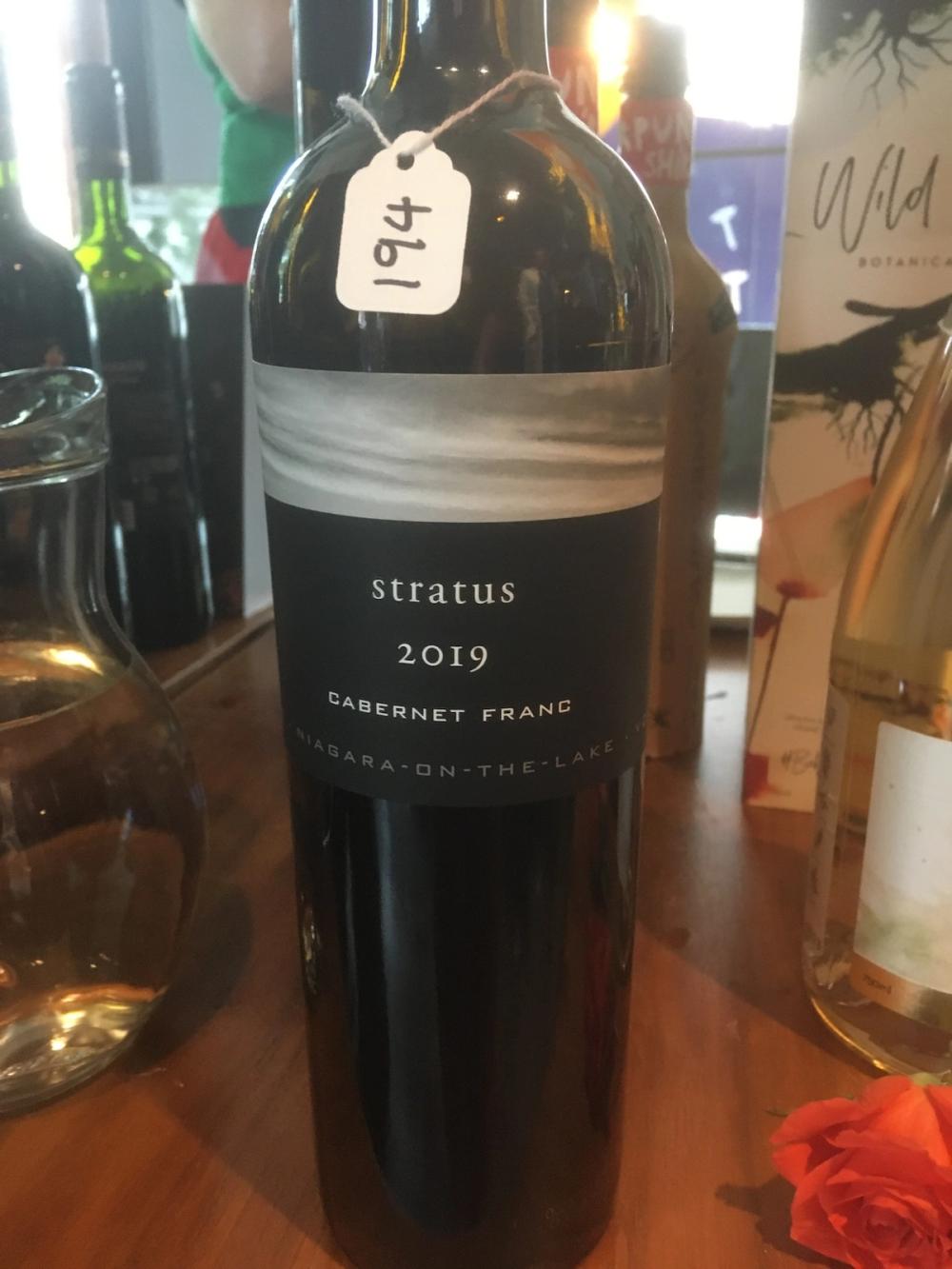
Stratus
This Canadian producer’s renowned Cabernet Franc always catches me by surprise whenever I taste it (somehow I can’t imagine a wine from Ontario having so much depth and complexity) and the 2019 showing here (sustainably, in a much lighter than usual bottle), did it all over again. This is quite delicious, full-on and rounded but also wonderfully fresh with blackcurrant and herbs on the palate, and a long, lingering finish. Recommended.
Carmen
Every bottle of Carmen Gran Reserva Frida Kahlo raises funds for the Frida Kahlo foundation for Culture and Arts, putting this producer firmly into Bibendum’s ‘giving back’ category. Admirable but the wines are fortunately also very enjoyable and good value. I particularly liked the 2019 Day of the Dead blend made mainly from Carmenere, robust and complex with spice, pepper and tobacco notes and a long but balanced finish. Chilean wine at its most sumptuous.
Rounding up
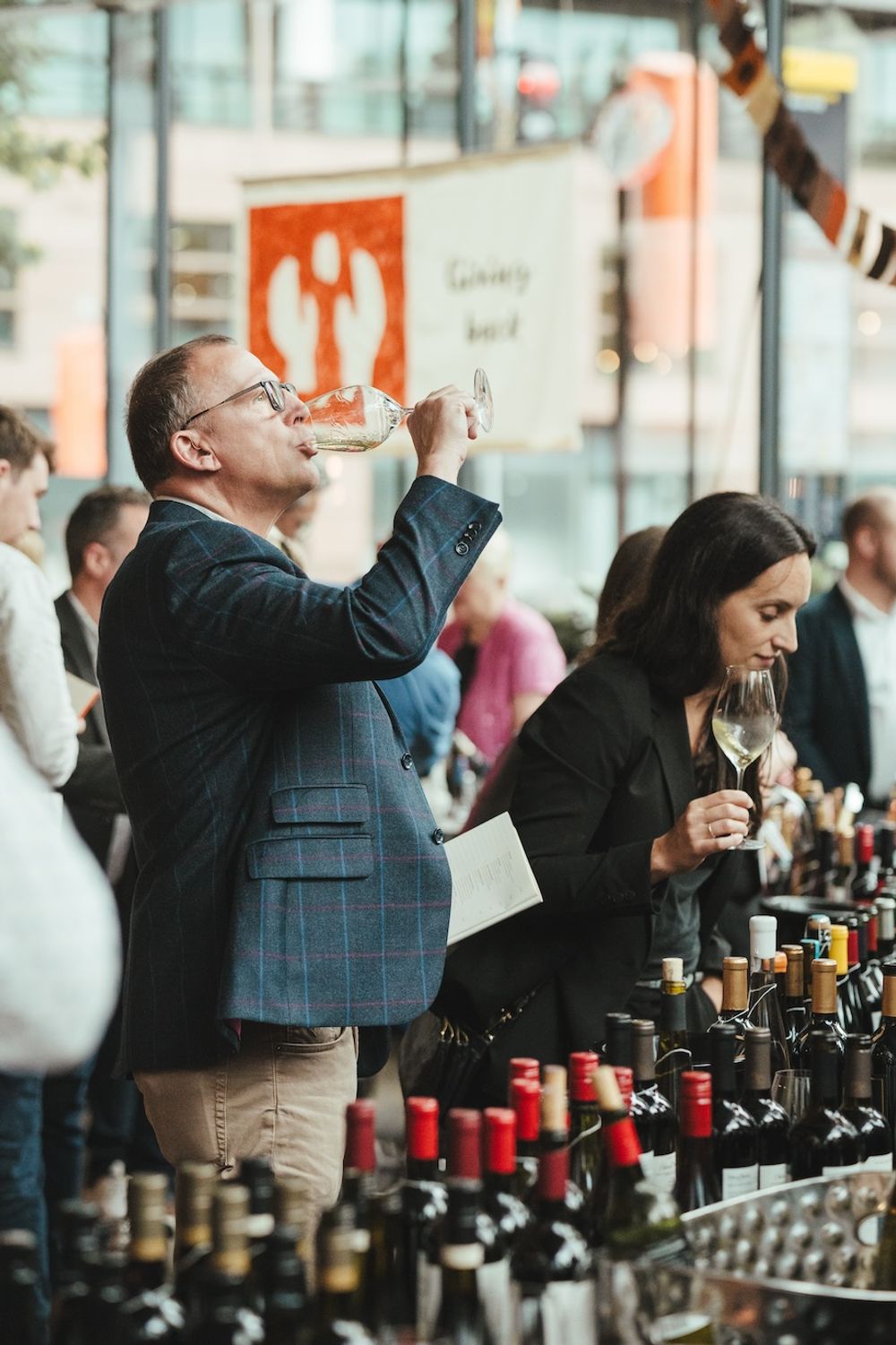
So how does the future look for sustainability at Bibendum? Pretty good if this tasting is anything to go by, and it seems to be working hard to introduce more organic and biodynamic wines into its portfolio. The company has also launched an online course on mindful winemaking for its staff, to boost their awareness of sustainability in winemaking and to enable them to educate others about key aspects of it and its overall importance. Key producers highlighted include Graham Beck, Spy Valley, Weingut Nittnaus and of course, Italy’s leading biodynamic star Alois Lageder.
“Like all wine companies we are taking sustainability seriously, especially as the impact of climate change becomes more and more obvious. This tasting is really just a step of many,” says Bibendum’s Simon Jerome.
And the best thing? A tasting based around sustainability that seems to itself be sustainable. Expect to see more, not just from Bibendum but others in the trade.
Bibendum is part of the C&C Group which is a commercial partner of The Buyer. To discover more about them click here.
































